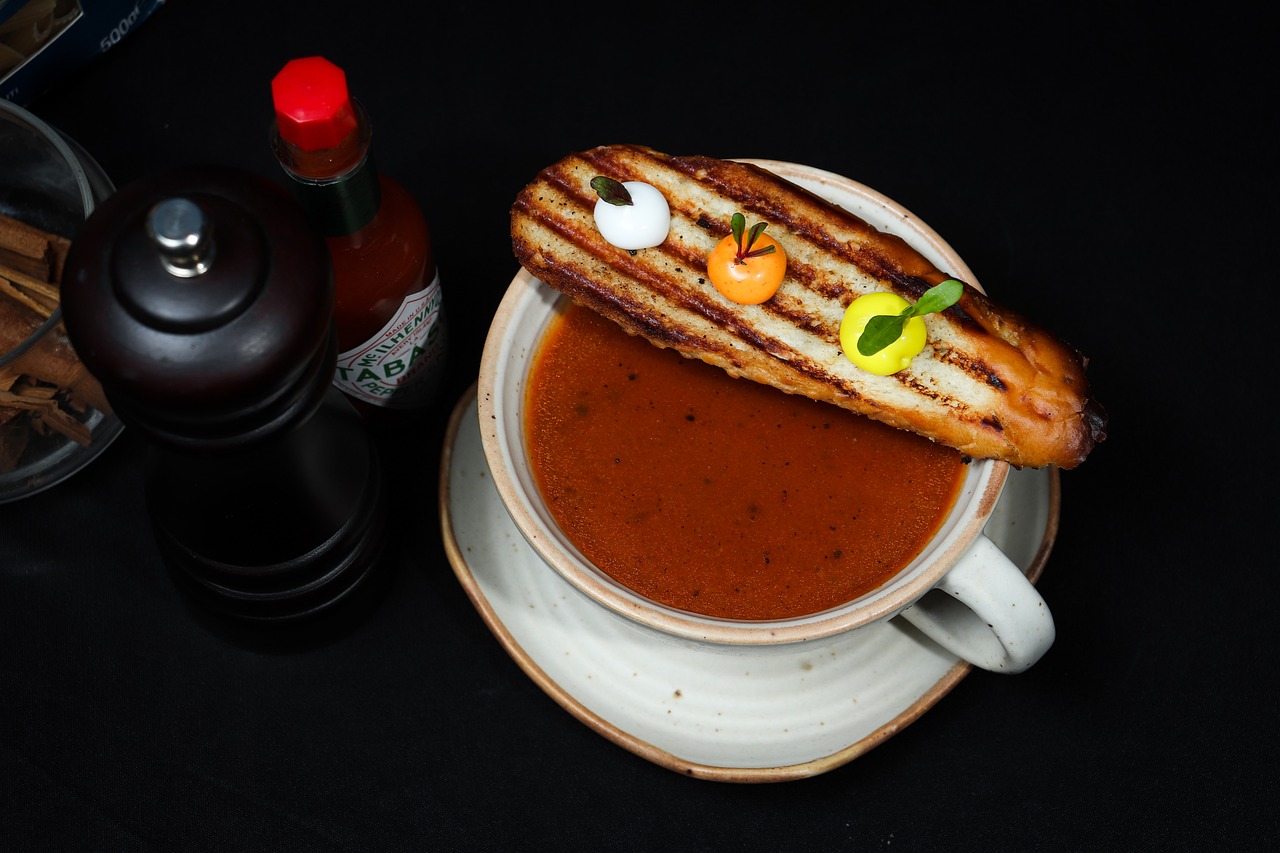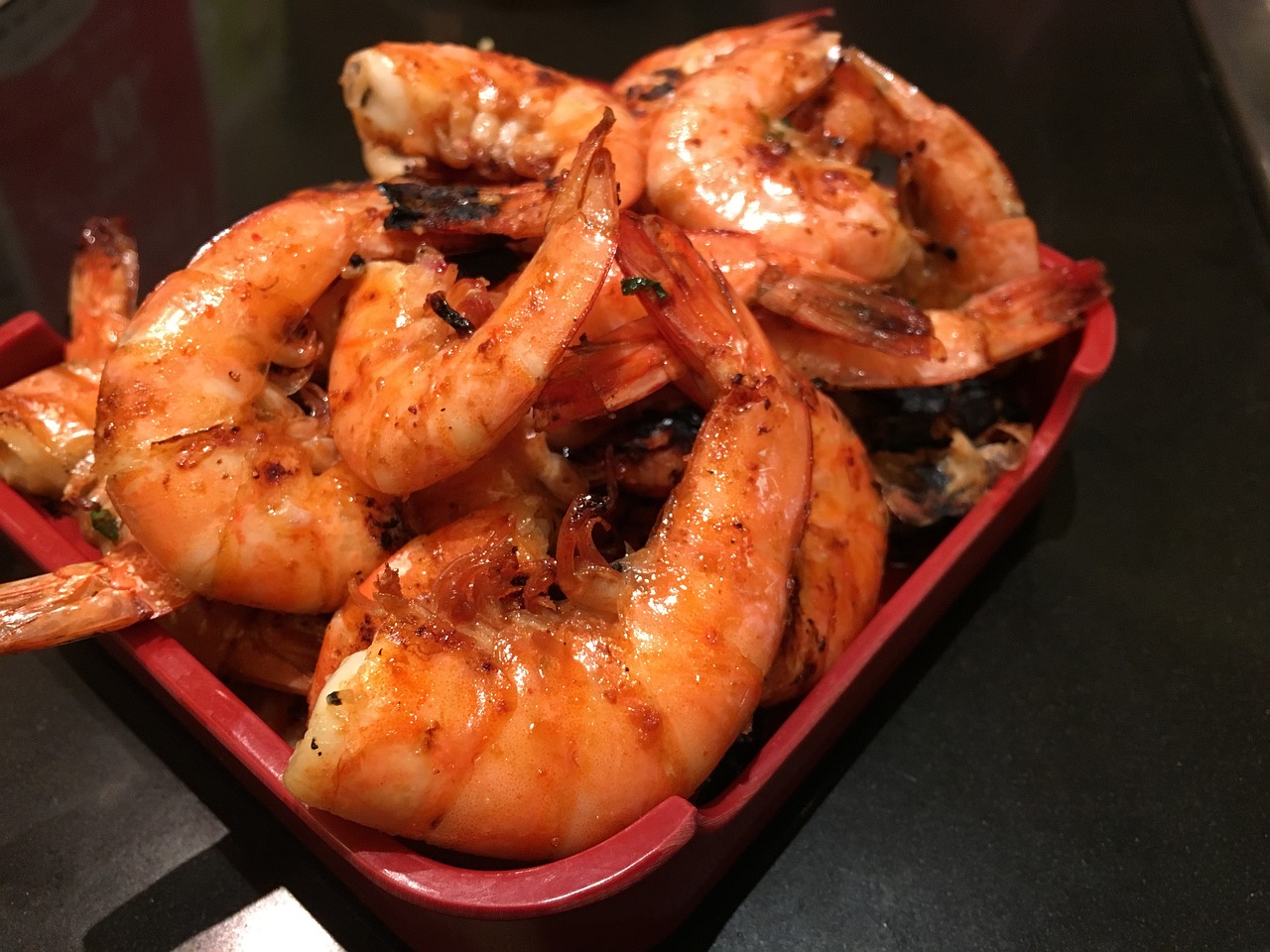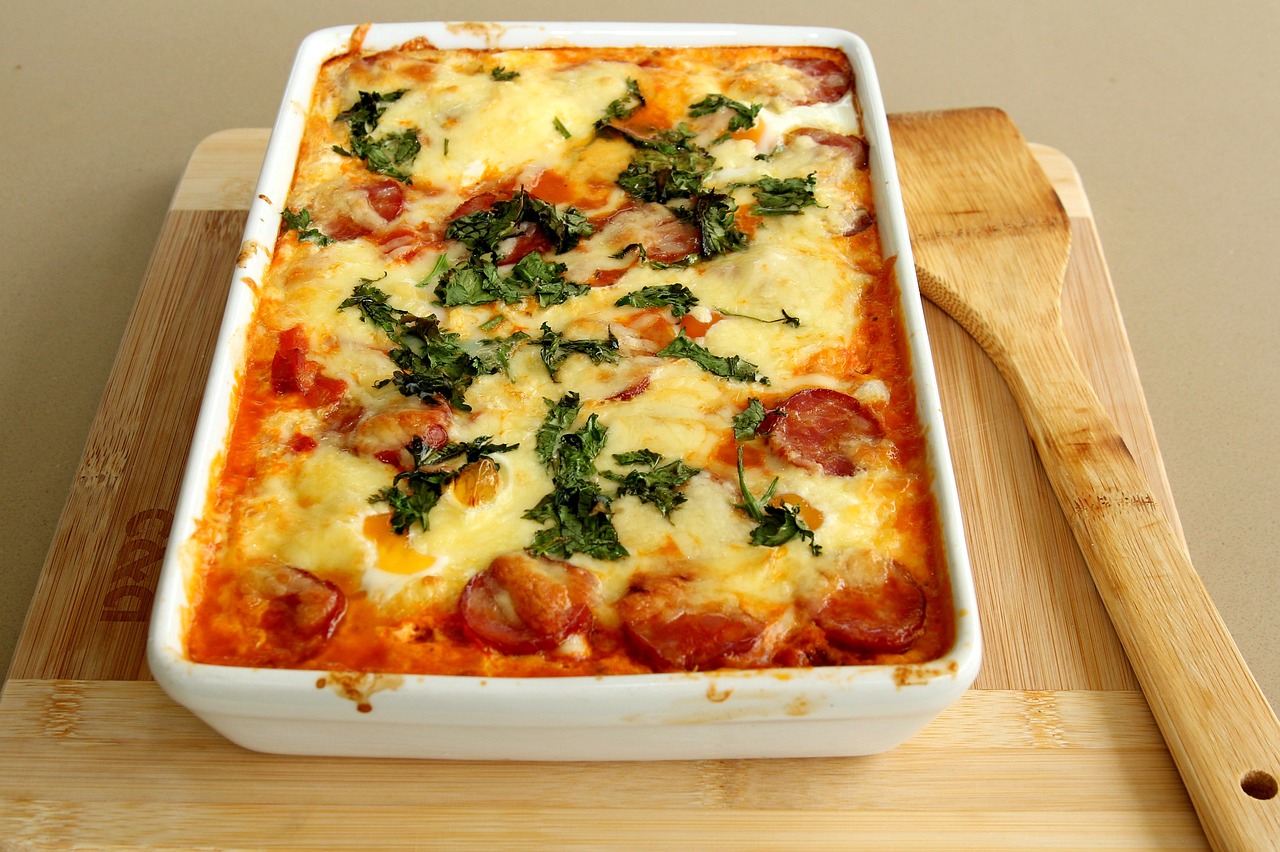Spanish Paella Valenciana: Perfect Combination of Seafood and Meat

Spanish Paella Valenciana is a culinary masterpiece that perfectly combines the flavors of seafood and meat in a single dish, creating a symphony of tastes that will tantalize your taste buds. This iconic Spanish dish, known for its vibrant colors and rich flavors, is a true delight for food enthusiasts around the world.
History of Paella Valenciana
When delving into the rich history of Paella Valenciana, one cannot help but be transported back in time to the picturesque region of Valencia in Spain. This iconic dish, revered for its exquisite blend of seafood and meat, has humble beginnings that date back centuries. Originally crafted by farmers and laborers in the fields, Paella Valenciana was a simple yet hearty meal that combined local ingredients with rice to create a satisfying and nourishing dish.
As time passed, Paella Valenciana evolved from a practical meal for laborers to a culinary masterpiece that captivated the palates of not only locals but also visitors from around the world. The dish's popularity soared, becoming synonymous with Spanish cuisine and culture. Its journey from a humble peasant meal to a celebrated delicacy is a testament to the enduring legacy of traditional recipes passed down through generations.
The history of Paella Valenciana is intertwined with the vibrant tapestry of Spanish culinary traditions, reflecting the diverse influences that have shaped the country's gastronomic landscape. Each ingredient used in Paella Valenciana tells a story of the land, sea, and people who have contributed to the dish's evolution over time. From the aromatic saffron-infused rice to the fresh seafood and flavorful meats, every component plays a crucial role in creating the harmonious flavors that define this iconic Spanish dish.
Today, Paella Valenciana stands as a symbol of culinary excellence and cultural pride, embodying the spirit of Spanish hospitality and tradition. Whether enjoyed at a bustling restaurant in Valencia or prepared lovingly at home for a family gathering, the dish continues to bring people together in a shared appreciation for good food and good company. Its history is not just a chronicle of recipes and ingredients but a living testament to the enduring legacy of Spanish cuisine and the vibrant spirit of the people who have cherished it for generations.
Ingredients in Paella Valenciana
When it comes to creating the perfect Paella Valenciana, the key lies in the selection of high-quality ingredients that harmoniously come together to form a symphony of flavors. Let's delve into the essential components that make this iconic Spanish dish a culinary masterpiece.
The foundation of Paella Valenciana is the saffron-infused rice, which not only lends a vibrant golden hue to the dish but also imparts a subtle floral aroma. This fragrant rice serves as the canvas upon which the other ingredients will shine.
Seafood plays a prominent role in Paella Valenciana, with fresh shrimp and plump mussels adding a briny sweetness to each bite. These oceanic treasures bring a taste of the sea to the dish, complementing the richness of the meats.
Speaking of meats, Paella Valenciana features tender chicken pieces that are succulent and flavorful, providing a contrast in texture to the seafood. Additionally, spicy chorizo sausage infuses the dish with a hint of smokiness and a satisfying kick of spice.
To enhance the depth of flavor, fresh vegetables such as bell peppers and onions are sautéed to perfection before being mixed into the paella. These vegetables add a pop of color and a subtle sweetness that balances the savory elements of the dish.
Completing the ensemble are flavorful tomatoes that are cooked down to create a rich base for the paella. The acidity of the tomatoes cuts through the richness of the meats and seafood, harmonizing all the flavors in each mouthful.
Lastly, the aromatic garlic and paprika lend a depth of flavor and a touch of warmth to the dish, elevating the overall taste profile of Paella Valenciana. These spices add a layer of complexity that keeps each bite interesting and satisfying.
In conclusion, the art of crafting a memorable Paella Valenciana lies in the careful selection and combination of these premium ingredients. Each component plays a crucial role in creating a dish that is not only visually stunning but also bursting with exquisite flavors that will transport your taste buds to the sunny shores of Spain.
Cooking Techniques for Paella Valenciana
When it comes to preparing the iconic Spanish dish, Paella Valenciana, mastering the cooking techniques is crucial to achieving the perfect balance of flavors and textures. The traditional method of cooking Paella Valenciana involves a few key steps that elevate this dish to a culinary masterpiece.
Here are some essential cooking techniques for creating an authentic Paella Valenciana:
- Choosing the right pan: The type of pan used to cook Paella Valenciana plays a significant role in the final result. A traditional wide and shallow pan known as a "paellera" is ideal for ensuring the rice cooks evenly and develops the coveted socarrat, a crispy layer at the bottom.
- Sautéing the ingredients: Before adding the rice and broth, it's essential to sauté the ingredients such as onions, garlic, and meats in olive oil. This step helps to build layers of flavor and enhances the overall taste of the dish.
- Layering the ingredients: To create a harmonious blend of flavors, it's important to layer the ingredients strategically in the pan. Start with the meats, followed by vegetables, and then add the rice evenly across the surface.
- Adding the broth: The broth used in Paella Valenciana is typically infused with saffron, which imparts a beautiful golden hue and a distinct flavor. Pour the broth gently over the rice, ensuring that it covers the ingredients but does not flood the pan.
- Simmering to perfection: Once all the ingredients are in the pan, allow the Paella Valenciana to simmer over low heat. This slow cooking process allows the flavors to meld together and the rice to absorb the broth, resulting in a rich and flavorful dish.
- Achieving the socarrat: The crowning glory of a well-made Paella Valenciana is the socarrat, a caramelized crust that forms at the bottom of the pan. To achieve this coveted layer, increase the heat towards the end of cooking and listen for the characteristic crackling sound.

Cultural Significance of Paella Valenciana
When it comes to the , it's not just about the flavors on the plate, but also the stories and traditions that surround this iconic dish. Let's dive into why Paella Valenciana holds a special place in Spanish cuisine and society.
1. Unity and Celebration: Paella Valenciana is more than just a meal; it's a symbol of unity and celebration. In Spanish culture, sharing a paella with loved ones signifies coming together, strengthening bonds, and creating lasting memories around the dining table.
2. Family Traditions: The preparation and enjoyment of Paella Valenciana often involve multiple generations of a family. Passed down through the ages, the recipe for this dish carries with it a sense of heritage and familial connection, making it a staple in many Spanish households.
3. Festivals and Gatherings: In Spain, festivals and gatherings are incomplete without a steaming pan of Paella Valenciana at the center. Whether it's a local fiesta, a wedding celebration, or a Sunday family lunch, this dish brings people together and adds a touch of festivity to any occasion.
4. Regional Pride: For the people of Valencia, Paella Valenciana is not just a dish; it's a point of pride. As the birthplace of this renowned recipe, the region holds annual paella competitions and festivals to honor its culinary heritage and showcase the diversity of flavors that make this dish so special.
5. International Recognition: Beyond Spain's borders, Paella Valenciana has gained worldwide fame and admiration. Restaurants around the globe feature their own interpretations of this dish, introducing new audiences to the unique blend of seafood, meat, and saffron-infused rice that defines authentic Spanish cuisine.



 HazalVardal
HazalVardal 





